-
 Bitcoin
Bitcoin $110100
-2.59% -
 Ethereum
Ethereum $4344
-5.42% -
 XRP
XRP $2.873
-4.40% -
 Tether USDt
Tether USDt $1.000
-0.01% -
 BNB
BNB $854.4
-2.16% -
 Solana
Solana $207.4
-2.60% -
 USDC
USDC $0.9999
0.01% -
 Dogecoin
Dogecoin $0.2146
-4.13% -
 TRON
TRON $0.3389
-2.98% -
 Cardano
Cardano $0.8228
-5.13% -
 Chainlink
Chainlink $23.40
-1.93% -
 Hyperliquid
Hyperliquid $44.26
-8.02% -
 Ethena USDe
Ethena USDe $1.000
-0.02% -
 Sui
Sui $3.301
-5.67% -
 Stellar
Stellar $0.3632
-5.27% -
 Bitcoin Cash
Bitcoin Cash $534.4
-3.88% -
 Cronos
Cronos $0.3065
-16.89% -
 Avalanche
Avalanche $23.71
-3.23% -
 Hedera
Hedera $0.2284
-4.38% -
 UNUS SED LEO
UNUS SED LEO $9.549
0.38% -
 Litecoin
Litecoin $109.9
-3.11% -
 Toncoin
Toncoin $3.063
-5.61% -
 Shiba Inu
Shiba Inu $0.00001220
-3.32% -
 Polkadot
Polkadot $3.821
-3.45% -
 Uniswap
Uniswap $9.571
-4.41% -
 Dai
Dai $1.000
0.00% -
 Bitget Token
Bitget Token $4.567
-0.72% -
 Monero
Monero $263.6
-3.63% -
 Aave
Aave $310.2
-3.16% -
 Ethena
Ethena $0.6453
-0.91%
Coinbase API for Portfolio Tracking: A Developer's Guide
Integrate Coinbase API to track crypto portfolios with real-time balances, transaction history, and pricing—ideal for developers building financial tools.
Aug 29, 2025 at 06:14 am
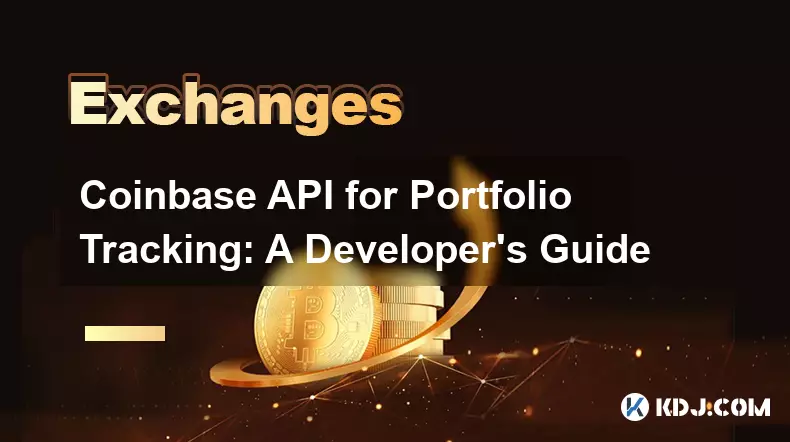
Coinbase API for Portfolio Tracking: A Developer's Guide
Integrating the Coinbase API into portfolio tracking applications enables developers to access real-time cryptocurrency pricing, wallet balances, transaction histories, and market data. This guide outlines the essential steps and considerations for building a robust portfolio tracker using Coinbase’s developer tools.
Setting Up Your Coinbase API Access
1. Navigate to the Coinbase Developer Portal and create a new application under your account settings.
- Assign appropriate permissions such as “wallet:accounts:read”, “wallet:transactions:read”, and “wallet:addresses:read” to retrieve necessary user data.
- Generate an API key and secret, which will be used for authentication in HTTP requests.
- Securely store credentials using environment variables or a secrets manager to prevent exposure in code repositories.
- Enable IP whitelisting if available, to restrict API access to trusted servers only.
Fetching Account and Balance Information
1. Use the /v2/accounts endpoint to list all cryptocurrency wallets associated with the authenticated user.
- Each account response includes the cryptocurrency type, balance, available amount, and unique identifier.
- Parse JSON responses to extract the amount and currency fields for each holding.
- Implement pagination handling when users have multiple accounts, as results may be split across several pages.
- Cache balance data temporarily to reduce API load and avoid rate limits, especially during high-frequency polling.
Analyzing Transaction and Trade History
1. Retrieve transaction records using the /v2/accounts/{account_id}/transactions endpoint.
- Filter transactions by type (send, receive, buy, sell) to distinguish between transfers and trades.
- Extract timestamps, amounts, fees, and counterparties to reconstruct cost basis and holding periods.
- Use the “buy” and “sell” endpoints under the /buys and /sells paths to access fiat on-ramp activities with confirmed pricing.
- Correlate transaction data with price feeds at the time of execution to calculate unrealized gains or losses.
Common Questions About Coinbase API Integration
How do I authenticate requests to the Coinbase API?Authentication is done using API key and secret via HMAC-SHA256 signing. Include the timestamp, HTTP method, request path, and body (if any) in the signature calculation. Pass the API key in the “CB-ACCESS-KEY” header and the signature in “CB-ACCESS-SIGN”.
What rate limits apply to the Coinbase API?Coinbase enforces rate limits based on user tier and endpoint usage. Public endpoints allow higher throughput, while private user data endpoints are typically limited to 10–20 requests per second. Exceeding limits results in 429 responses. Implement exponential backoff strategies to handle throttling gracefully.
Can I track assets not held on Coinbase using this API?No. The Coinbase API only provides data for assets stored within Coinbase-hosted wallets or traded through Coinbase products. To track multi-exchange or self-custodied portfolios, you must integrate additional APIs or use blockchain explorers for on-chain analysis.
Is historical price data available through Coinbase?Yes. Use the /v2/prices/{currency_pair}/historic endpoint to retrieve candlestick data at daily intervals. This supports building valuation charts and performance metrics over time. Note that granularity is limited compared to dedicated market data providers.
Disclaimer:info@kdj.com
The information provided is not trading advice. kdj.com does not assume any responsibility for any investments made based on the information provided in this article. Cryptocurrencies are highly volatile and it is highly recommended that you invest with caution after thorough research!
If you believe that the content used on this website infringes your copyright, please contact us immediately (info@kdj.com) and we will delete it promptly.
- BlockchainFX & Meme Coins: What's the Deal in 2025?
- 2025-08-29 19:05:12
- XRP Price Primed for Massive Rally? Raoul Pal Weighs In
- 2025-08-29 17:25:13
- Bitcoin's Future Value & Web Companies: A Perfect Storm?
- 2025-08-29 18:10:18
- Bitcoin Price Prediction: Institutional Wave Meets Reality Check, Says Research Firm
- 2025-08-29 15:30:16
- US ETFs, Bitcoin, and Spot Trading: A New Era?
- 2025-08-29 15:05:13
- Ethereum, X Layer, and OKX's Big Bet: What's the Buzz?
- 2025-08-29 15:30:16
Related knowledge
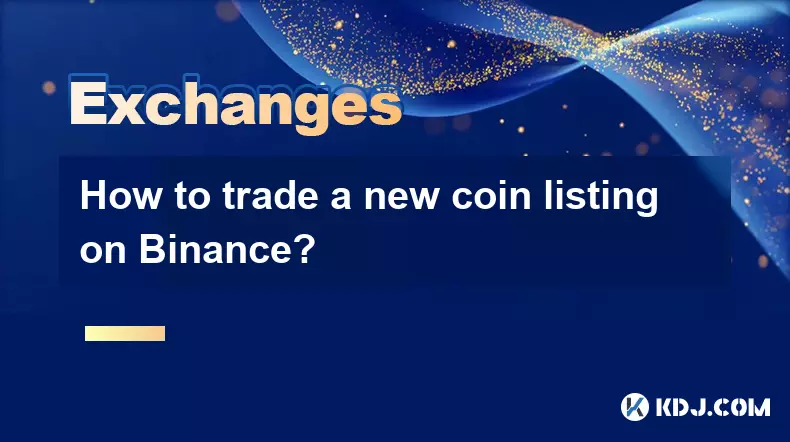
How to trade a new coin listing on Binance?
Aug 29,2025 at 11:14am
Understanding the Pre-Listing Phase1. Research the project thoroughly before any listing announcement. Whitepapers, team backgrounds, and community se...
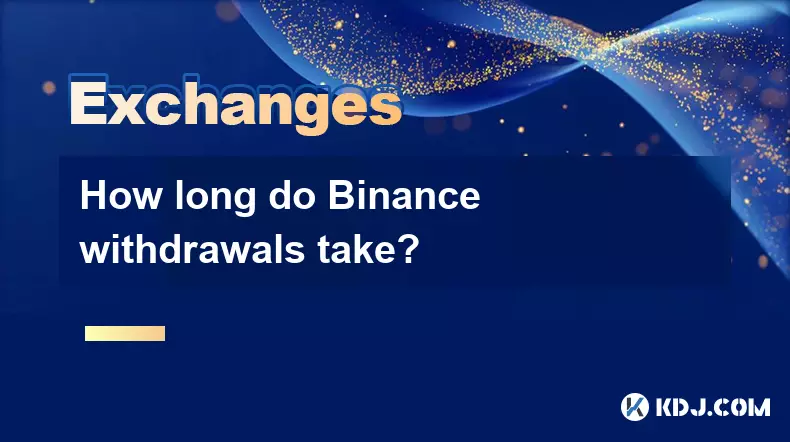
How long do Binance withdrawals take?
Aug 29,2025 at 02:57pm
Understanding Binance Withdrawal Processing Times1. Binance typically processes cryptocurrency withdrawals within a few minutes after the request is c...
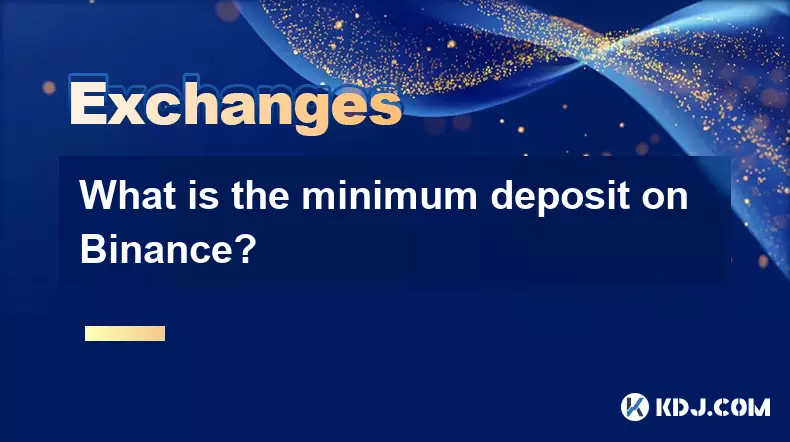
What is the minimum deposit on Binance?
Aug 29,2025 at 01:01pm
Understanding Binance Deposit Requirements1. The minimum deposit on Binance varies depending on the cryptocurrency being deposited. Each digital asset...
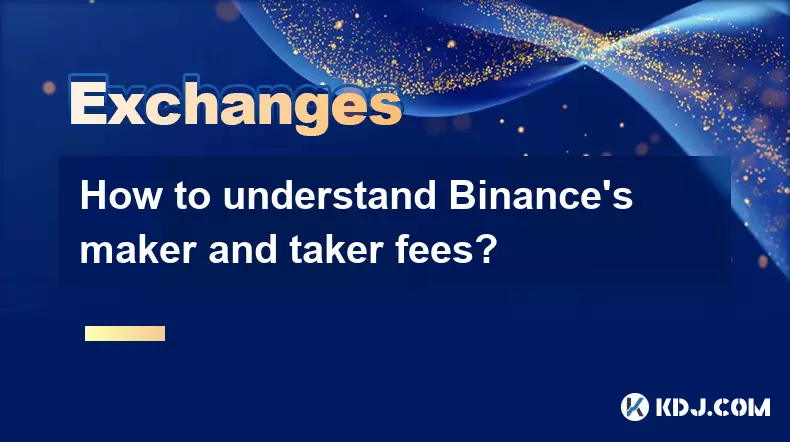
How to understand Binance’s maker and taker fees?
Aug 29,2025 at 02:28pm
Understanding Decentralized Exchanges in the Crypto Ecosystem1. Decentralized exchanges (DEXs) operate without a central authority, allowing users to ...
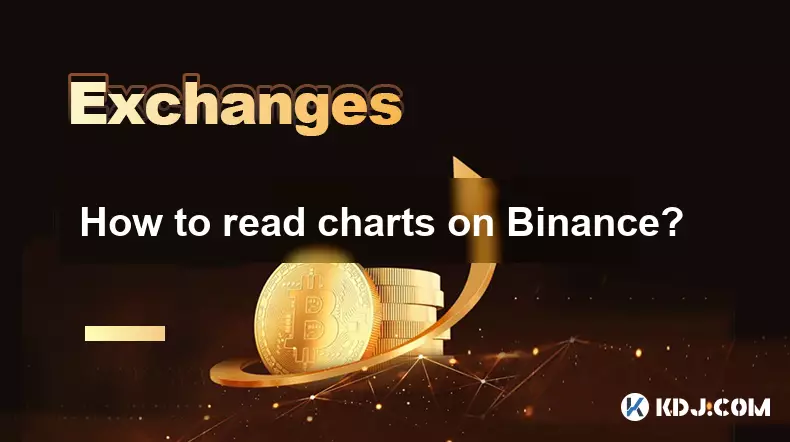
How to read charts on Binance?
Aug 29,2025 at 08:28am
Understanding Candlestick Patterns1. Each candlestick on Binance represents price movement over a specific time interval, such as one minute, five min...
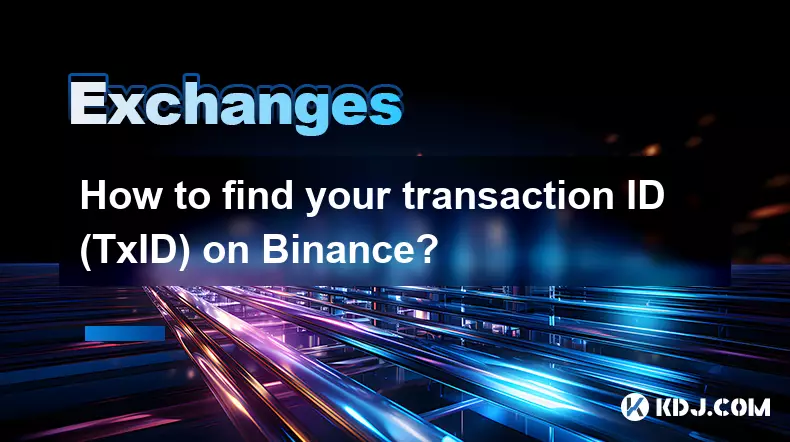
How to find your transaction ID (TxID) on Binance?
Aug 29,2025 at 08:57am
Understanding Transaction ID (TxID) in Binance1. A Transaction ID, commonly known as TxID, is a unique alphanumeric string assigned to every blockchai...

How to trade a new coin listing on Binance?
Aug 29,2025 at 11:14am
Understanding the Pre-Listing Phase1. Research the project thoroughly before any listing announcement. Whitepapers, team backgrounds, and community se...

How long do Binance withdrawals take?
Aug 29,2025 at 02:57pm
Understanding Binance Withdrawal Processing Times1. Binance typically processes cryptocurrency withdrawals within a few minutes after the request is c...

What is the minimum deposit on Binance?
Aug 29,2025 at 01:01pm
Understanding Binance Deposit Requirements1. The minimum deposit on Binance varies depending on the cryptocurrency being deposited. Each digital asset...

How to understand Binance’s maker and taker fees?
Aug 29,2025 at 02:28pm
Understanding Decentralized Exchanges in the Crypto Ecosystem1. Decentralized exchanges (DEXs) operate without a central authority, allowing users to ...

How to read charts on Binance?
Aug 29,2025 at 08:28am
Understanding Candlestick Patterns1. Each candlestick on Binance represents price movement over a specific time interval, such as one minute, five min...

How to find your transaction ID (TxID) on Binance?
Aug 29,2025 at 08:57am
Understanding Transaction ID (TxID) in Binance1. A Transaction ID, commonly known as TxID, is a unique alphanumeric string assigned to every blockchai...
See all articles

























































































